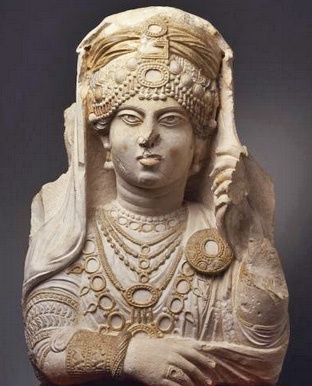Where History, romance, fantasy, knights and ladies collide. Come experience the middle ages through the mind of talented and knowledgeable authors who will transport you back in time.
Tuesday, November 23, 2021
Presenting at the 2021 Arizona Literary Awards Banquet, November 6, 2021, at the Glendale Civic Center Plaza
Friday, September 24, 2021
An author's definition of success - by Vijaya Schartz
Success means different things to different people. Even among writers, opinions vary. And your opinion of yourself as a writer will depend upon your personal definition of success.
For some, it's about making lots of money, a common beginner's mistake. For nonfiction authors, it can be about sharing your experiences, reporting the news, or proving your worth to your colleagues or your family.
For novelists, it can be about finding a publisher, or getting their stories published and read some other way. It can also be about recognition. Winning awards is important for a fiction writer, since we work in isolation for months on end to write a novel.
We all have different goals. I always liked the saying "If you do what you love, you'll never work a day in your life." Writing to me is a passion, It fills my days with wonder.
The same way I loved studying so much as a kid, that I wanted to be in school for the rest of my life, I love writing. And I'm so happy that I can write every day.
The fact that I found a publisher who loves my books is the cherry on top. And when my readers tell me they love my stories, that's the sweetest reward. That's when I know I succeeded. Angel Fierce, Azura Chronicles Book 2, won the 2019 Arizona Literary Contest. Angel Brave, Book 3, is a brand new release this month.
amazon - B&N - Smashwords - Kobo
Vijaya Schartz, author
Strong Heroines, Brave Heroes, cats
http://www.vijayaschartz.com
amazon - B&N - Smashwords - Kobo
Monday, July 12, 2021
The importance of book covers, especially in series - by Vijaya Schartz
 |
| Chuck Lorre, creator of The Big Bang, Young Sheldon Two and a half men, The US of Al, and many award-winning sitcoms. |
 |
| The Archangel Twin books Evil has many faces, not all of them human... |
 |
| Byzantium (Space Station) series, action, romance, and telepathic cats |
 |
| Chronicles of Kassouk - Sci-fi Romance with big cats |
 |
| Ancient Enemy series - Sci-fi Romance |
 |
| Curse of the Lost Isle, Celtic Legends, Paranormal Romance |
Thursday, June 10, 2021
Warrior women Part 3 - 16th Century to today - by Vijaya Schartz
 |
| Find Vijaya's novels at BWL Publishing HERE and on her website HERE |
 |
| First Israeli women in the military |
 |
| US Fighter pilots |
 |
| US Navy Seals |
 |
| Women in India's Military Police |
 |
| Russia's battalion of Amazons |
 |
| Kurdish women fighting ISIS |
Strong Heroines, Brave Heroes, cats
http://www.vijayaschartz.com
amazon - B&N - Smashwords - Kobo - FB
Thursday, May 13, 2021
Warrior Women Part 2 - The Dark Ages and the Middle Ages - by Vijaya Schartz
Queen Boadicea or Boudicca of Roman Britain
Vijaya Schartz, author
Strong Heroines, Brave Heroes, cats
http://www.vijayaschartz.com
amazon - B&N - Smashwords - Kobo - FB
Monday, April 12, 2021
Warrior Women of the Ancient World - Part 1 of 3 of Women Warrior in History - by Vijaya Schartz
Strong Heroines, Brave Heroes, cats
http://www.vijayaschartz.com
amazon - B&N - Smashwords - Kobo - FB















































